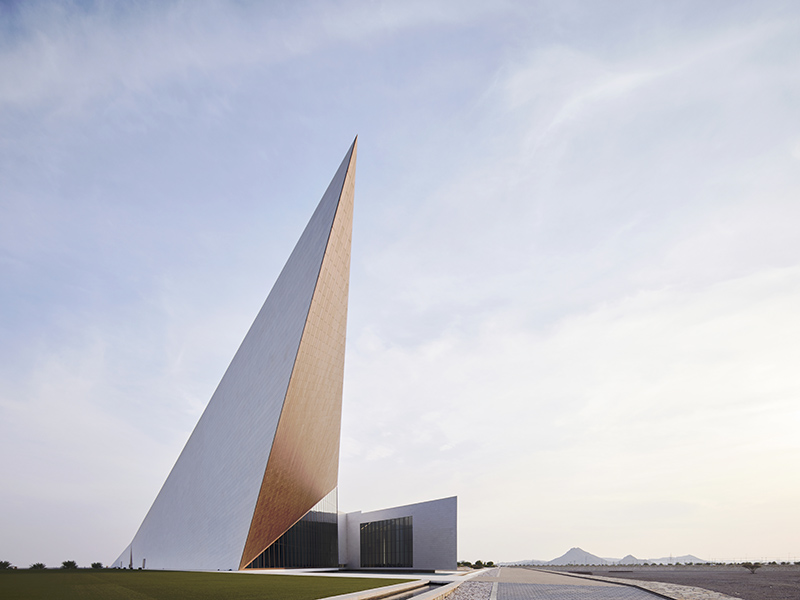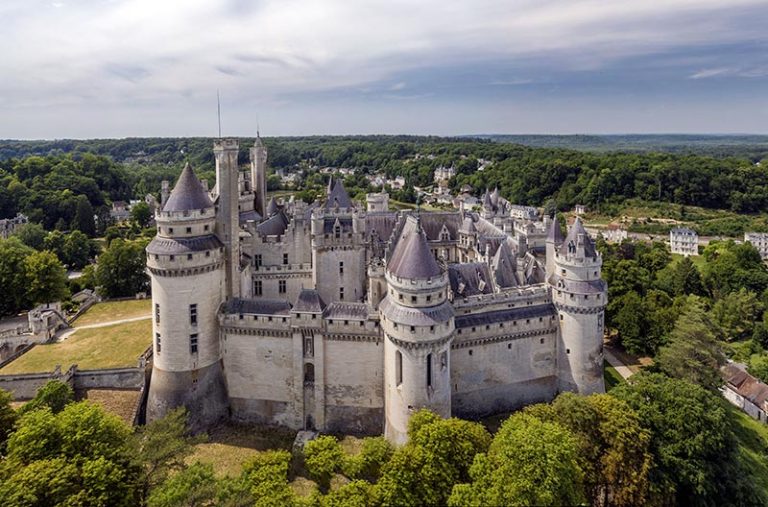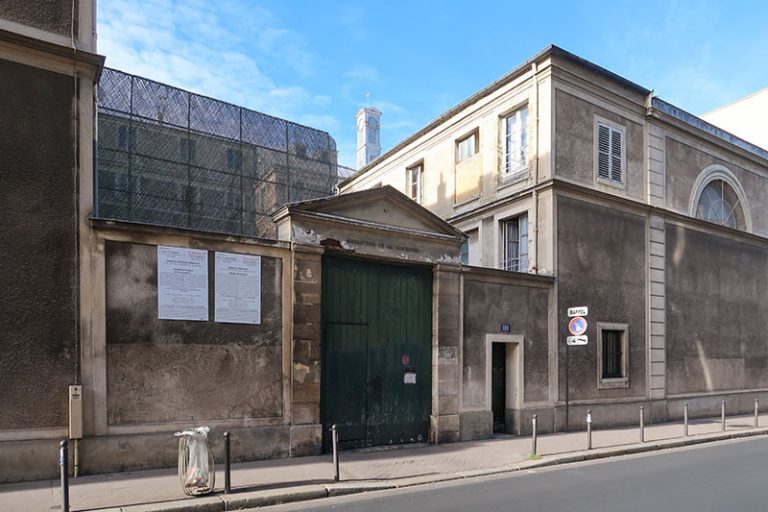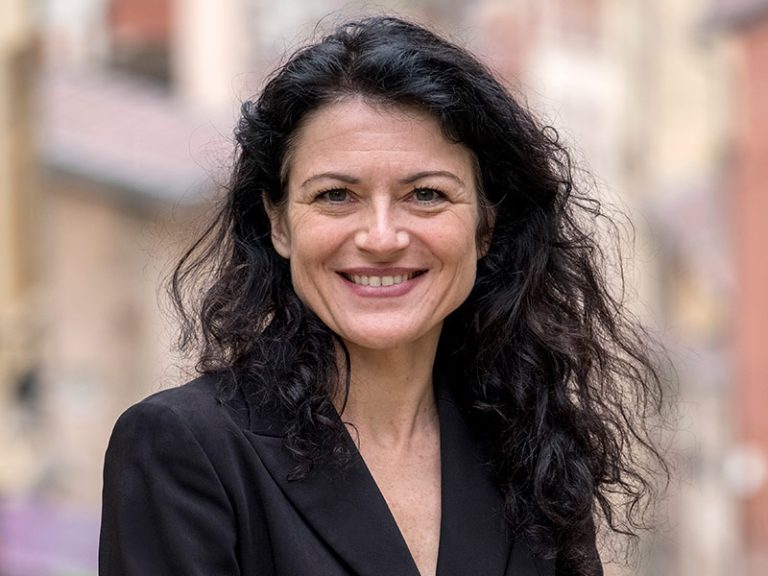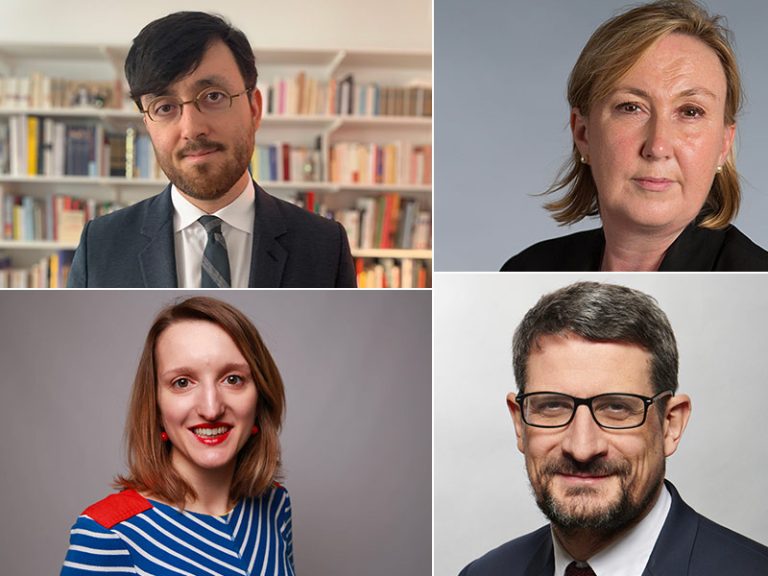France, world. In the still unstructured but rapidly growing cultural engineering market, a player is establishing itself in the world… and it is French: Chargeurs Museum Studio (CMS). If the “CMS” brand is almost unknown in France, it is because it is recent and because it brings together several entities recently acquired by the group. Since his acquisition of Chargeurs in 2015, Michaël Fribourg has continued to build up a service hub for museums and heritage sites. Between 2018 and 2022, it acquired no less than seven companies around the world, starting with D&P in the United States which designed numerous museums across the Atlantic: the National Museum of African-American History and Culture in Washington DC, the September 11 Memorial in New York, several military museums… Its portfolio also includes four companies based in Great Britain (DPM, Event, etc.) and well established in the Arabian Peninsula. We owe them two museums in Oman while Saudi Arabia ordered three museums from them for the Diriyah district in Riyadh and six other regional museums. One of the points common to all these places is the importance given to scenography, compensating for collections of artifacts that are often limited in number. CMS has, however, made some forays into fine arts museums, such as the Burrell Collection in Glasgow (Scotland) which the group completely renovated two years ago.
“Create synergies”
Chargeurs also acquired the historic Italian publisher Skira in 2022 (turnover: €15 million), which allows it to gain a more firm foothold in the exhibition producers market. Skira has in fact embarked on this activity, as evidenced by an exhibition “Cézanne/Renoir” designed from works from the Musée d'Orsay and currently presented at the Palazzo Reale in Milan. The group is also the organizer of the 2021 “Desert .
But rich individuals do not necessarily make a good collective. Hence the mission of Delphine de Canecaude, who arrived almost a year ago to lead this division and give it strategic coherence. Thanks to the various sectors of activity of its seven companies, CMS claims to be able to meet all the needs of the chain: from strategic consulting to publishing and management of a store through the creation of museum content, the design and creation of scenographies for the general public or the organization of exhibitions. “My mission is to create synergies by making all these companies work together, by forming project teams from existing resources when calls for tenders allow us to do so,” explains the director. Delphine de Canecaude spent part of her career in communications; she created the Étoile Rouge agency before selling it to BETC. But this graduate of the Beaux-Arts de Paris has retained a strong appetite for museums, the visual arts and the history of art.
The demand for new museums or renovation of museums, memorials and interpretation centers is exploding around the world. Cities and countries have understood the value of these places which attract tourists, enhance their image and enable the construction of a national history. The El Dorado of the moment is called “Saudi Vision 2030”: this gigantic development plan announced in 2016 by Mohammed bin Salman aims to diversify the economy of Saudi Arabia. Culture and tourism are one of the aspects of this plan which has many stakeholders excited. In France, we are well aware of the Al-Ula site, which is managed by an agency modeled on the Louvre Abu Dhabi, and for which the Center Pompidou will help create a contemporary art museum. The French agency Manifesto has even created a structure ad hoc to be present in Arabia. Driven by the explosion in demand, the cultural engineering market is beginning to take shape with a multitude of players occupying part of the service chain. CMS believes it can not only design a cultural offer, but also implement it, which is not the case for most service providers.
A smaller French market
And France? This is the great paradox of CMS. While Chargeurs is a French company, with a French shareholder, having put a French woman at the head of its Chargeurs Museum Studio division, the French market remains marginal. “Unlike many countries in the world, in France the public authorities are the main actor in the implementation of cultural projects, leaving less room for the private sector, relieves Delphine de Canecaude. We design and produce exhibitions, but for the moment we do not wish to manage heritage sites, as Culturespaces, Kleber Rossillon or Edeis do. » It is true that demand is concentrated today mainly in consulting, for which many players have positioned themselves: public operators (the Center des monuments nationaux), specialized agencies (Manifesto, Le Troisième Pôle, etc.), a group press (Beaux Arts & Cie).
A sign of the beginning of maturity of the market, rapprochements are emerging. Thus, the Mazarine communications group is in the process of finalizing the acquisition of Arter, which, with Eva Albarran & Co, occupies a very profitable sub-sector, that of the production of contemporary works of art. “Even if France is not our first market, it is important for us to be present there and we have recently responded to several calls for tenders, including that of the Louvre which wishes to renew its audio guides (in partnership with Rewind)”, recognizes Delphine de Canecaude, who welcomes the works published in collaboration with major institutions.
What is the Chargeurs group?
Chargeurs is originally a French maritime liaison company created in the 19th century, which developed in transport until its acquisition in 1983 by Jérôme Seydoux. The company then withdrew from this sector to develop in textiles and then in the media (Pathé, Release…). The two sectors were split in two in 1995, with Chargeurs retaining the industrial activities. In 2015, Michaël Friborg bought the stakes of Jérôme Seydoux then launched a takeover bid for the company at the start of 2024 (2023 turnover: €653 million) allowing him to become the majority shareholder. Coming from the senior civil service (ENA then General Inspectorate of Finance), Michaël Fribourg (42 years old) decided to diversify activities, in particular by creating Chargeurs Museum Studio.

